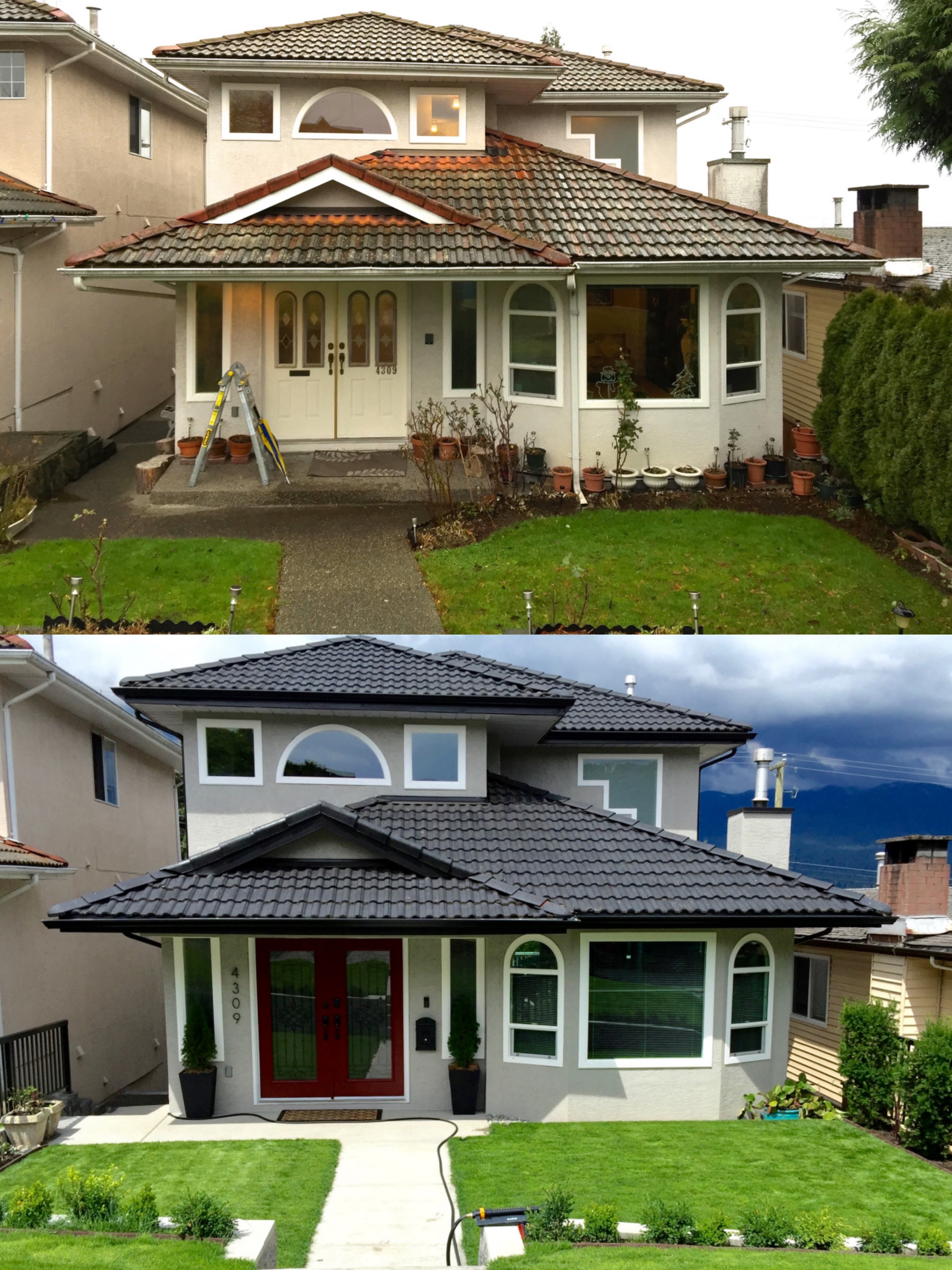Posted on
September 4, 2018
by
Alaina Burnett
There are lots of reasons to use a Licensed Realtor® to sell your home, regardless of the current market conditions–but as with all professionals, we are not all created equal. You are paying for a service, and you get what you pay for. Would you represent yourself in court, or hire a lawyer, if big money were on the line? What about a pro bono or discount Lawyer vs a full price one?
Many Sellers who are in the news recently and upset about their homes being “shadow flipped”, or sold in a way they find unfair or shady, did so WITHOUT a Realtor® representing their interests. They wanted to save commission, so when an “Agent’ (or sometimes an unlicensed Wholesaler….do you know the difference?) knocked on their door and said “I have a Buyer willing to pay cash for your home, and you can save the selling commission” they jumped at the chance. But as we have seen, their financial losses are far greater than the commission to a professional Realtor® representing them would have been.
One of the most important reasons to use a Realtor® is for his or her Errors and Omissions Insurance. We pay for this–it’s part of being a professional. List as a “For Sale By Owner” and risk being sued, should you misrepresent information about your home. For that reason, Realtors® are not encouraged to list their own homes or investment properties for sale. Insurance will not cover them if they are sued by the public.
INTERVIEW potential Listing Realtors®, get to know what they stand for, find out who makes you and your gut feel at ease, and ask these questions before signing on the dotted line:
1. Will my home be on a lock box? (Meaning another Realtor can access your home without the Listing Realtor® present.)
You are paying for a Realtor® to show your home and protect your largest asset.
2. Will my home be professionally photographed?
Your home needs to look good on MLS. Dark, fuzzy photos with unmade beds and upturned toilet seats will not make anyone say “I’ve got to see this property!”
3. Will my home be professionally measured, if necessary, so people know what they are buying? What about a virtual tour? 2D or 3D renderings?
4. Will you, as my Realtor®, protect me from controversial practices like shadow flipping, and ensure I get the best price for my home? Do you know what clauses to look for?
5. Will you, as my Realtor®, hold open houses? Keep in mind NOBODY looking for a home wants the Seller lurking around the house, eavesdropping on Buyer’s opinions of their biggest investment. It’s awkward and makes people feel uneasy.
6. Aside from putting my home on MLS, will you use whatever forms of social and print media necessary or at your disposal to ensure my home gets the best exposure? Are you on Facebook? Twitter? Instagram? LinkedIn? Have you run print ads before?
7. Will there be professionally designed take away flyers at the Open Houses, or will you just give prospective Buyers a plain MLS feature sheet, with one standard photo?
8. Will the photos of my listing be Broker Loaded (meaning the photos go up online with the listing simultaneously)? If not, photos may not be loaded for hours or days after your listing hits MLS, and you are missing out of thousands of eyes on your home during the most crucial hours of its exposure.
9. Are you a relational or a transactional Realtor®? As you can probably guess, relational Realtors® build RELATIONSHIPS and appreciate your referrals–they may become your friends, if they aren’t already. They care about you, and take their fiduciary duties to you seriously. Transactional Realtors® do what they need to do contractually, and perform their fiduciary duties, but are more cut and dried. Not better or worse–it depends on the type of Professional you prefer.






